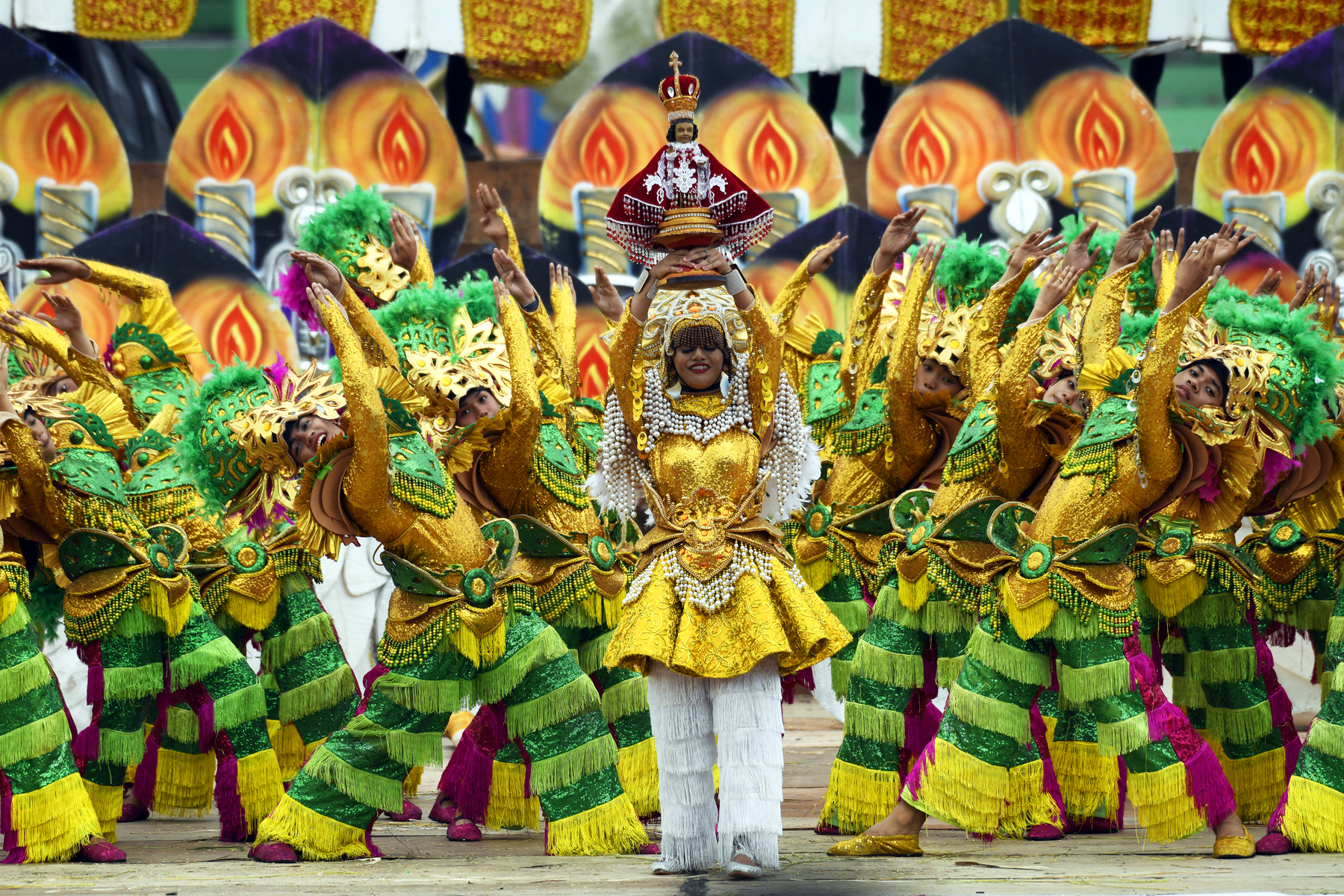Text and photos by: Bombette G. Marin
Pavia, Iloilo is celebrating the 46th Carabao-Carroza Festival today, May 3, 2019.
Considered as the longest-running festival in the province of Iloilo since 1973, the whole community of Pavia honors both their hardworking water buffalos and their farmers.
Known to be Beasts of Burden, carabaos or water buffalos have been farmers best friend for generations since both work tirelessly together on the rice fields. To honor their efforts, the town of Pavia annually celebrates the CarabaoCarroza Festival.
Attracting the most attention of the festivity is the grand Carabao-Carroza parade that starts at 6 a.m. and will make its way from Barangay Ungka-I, passing through the bridge leading to the town center until it reaches the football ground of Pavia National High School.
Eighteen barangays participate with their respective Carabaos given a full make-over. Barangay officials make sure their carrozas or bamboo carriages are adorned with products from their respective barangays. The barangays muse is another attraction of the parade as she competes for the crown as the festivals fairest on the eve of the opening day.
After the parade, the much-anticipated race takes place on the 110-meter lane of Pavia National High School football ground. The race is of two types: race of Carabao with carrozas and race of carabaos. There will be elimination rounds before reaching the final race.
TRIVIA
The name carabao is said to have come from the Visayan or Cebuano word karabaw, which was apparently from kerbau, the Malaysian and Indonesian local name for the water buffalo.
Written history indicated that it was in the mid-1500 when the carabaos were imported to the Philippines from China where it was domesticated 7, 000 years ago in a province called Chekiang.
Carabaos brought to the Philippines were of two types: the swamp buffalo that is of dark gray color and with horns that extend outward and curl backwards like in semi-circle form and is excellent for its draft usability; and the riverine buffalo that is of black body color and with curled horn and is best for its meat and milk.
Based on study, about 66 percent of the population of the Philippines used the carabao for farm works.
It was said that during World War II, Japanese officials suspected that the carabao was being used by Filipino guerrillas to transport weapons and goods to aid American soldiers. Then an order was made to massacre the carabaos. About two million carabaos were killed.
Situated 9.6 kilometers or a 20-minute drive north of the city is the Agro-Industrial Center of the province, the municipality of Pavia. This Second Class municipality is politically subdivided into 18 barangays over a land area of 2, 703 hectares. The town is bordered by the municipalities of Oton, San Miguel, Sta. Barbara, Leganes and Iloilo City.
For more information, please contact Municipal Tourism Officer Shiela Hismana at 099837969 87.
87.






















